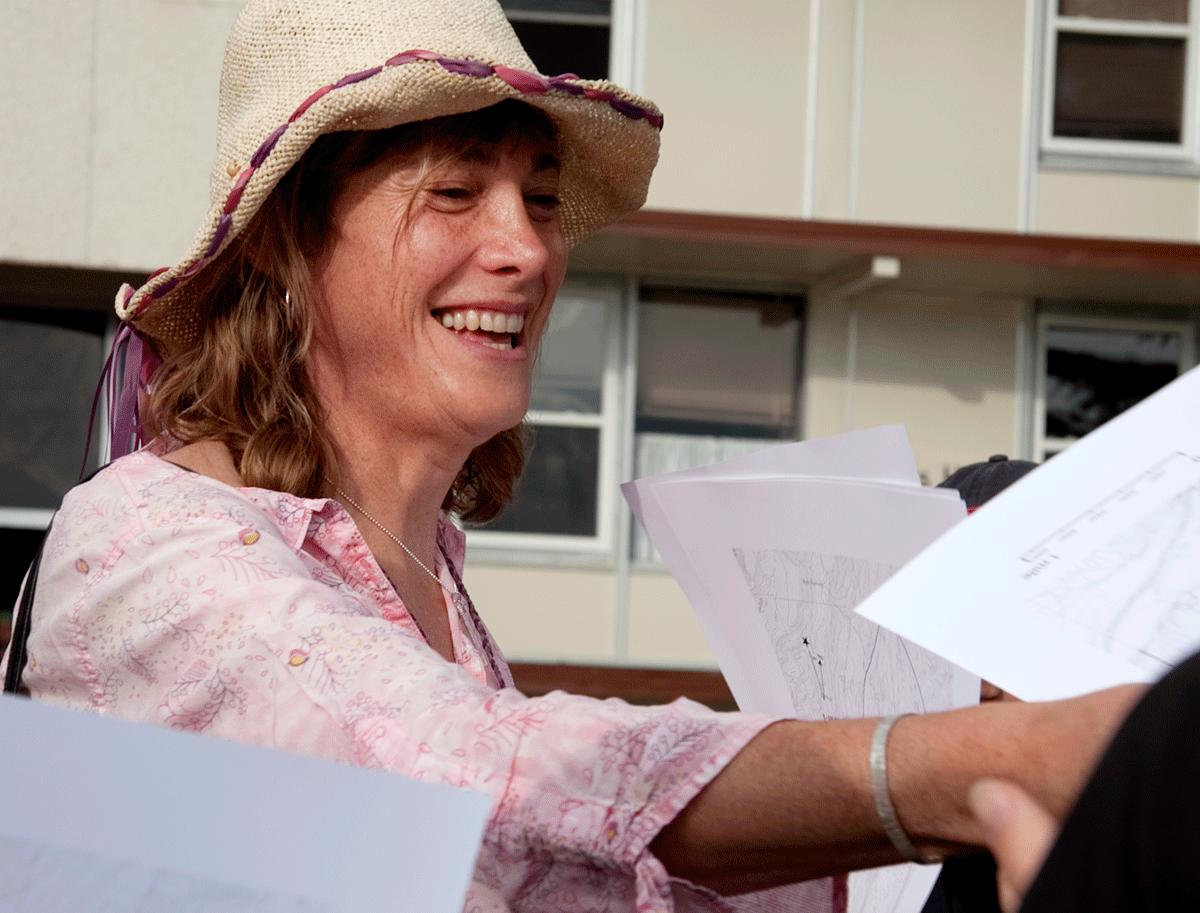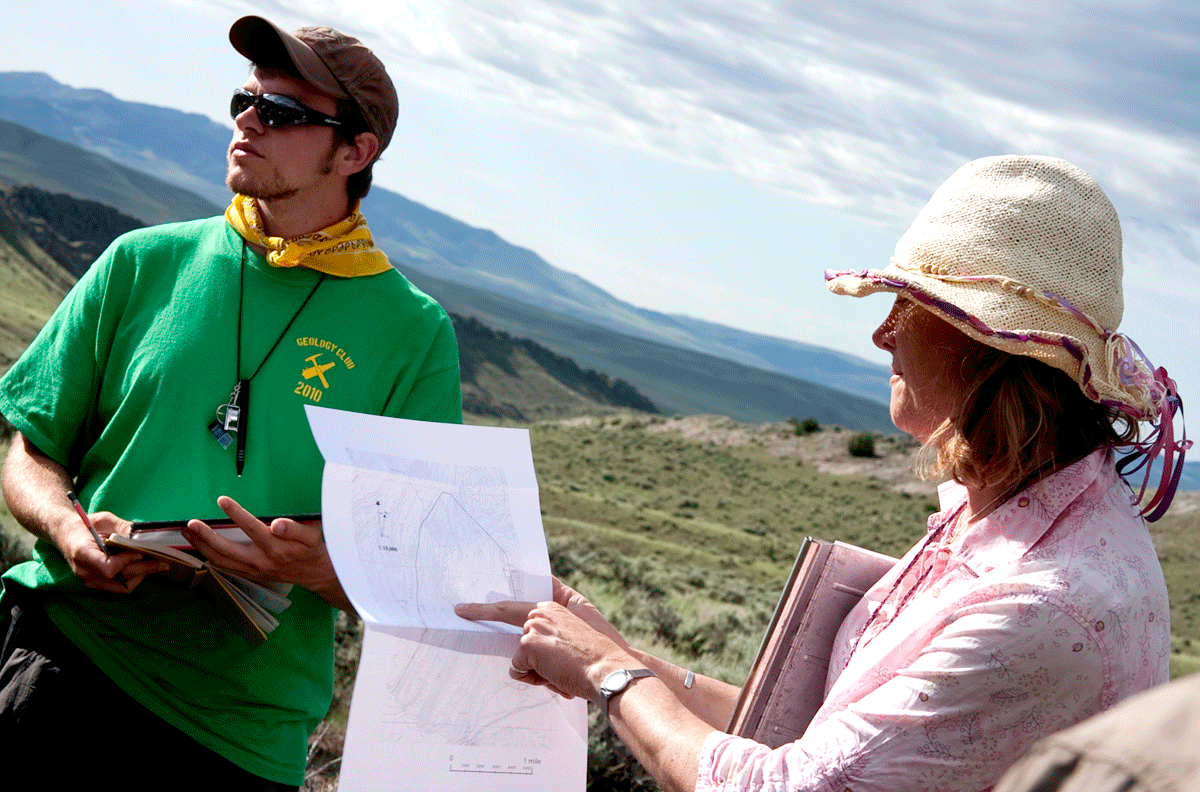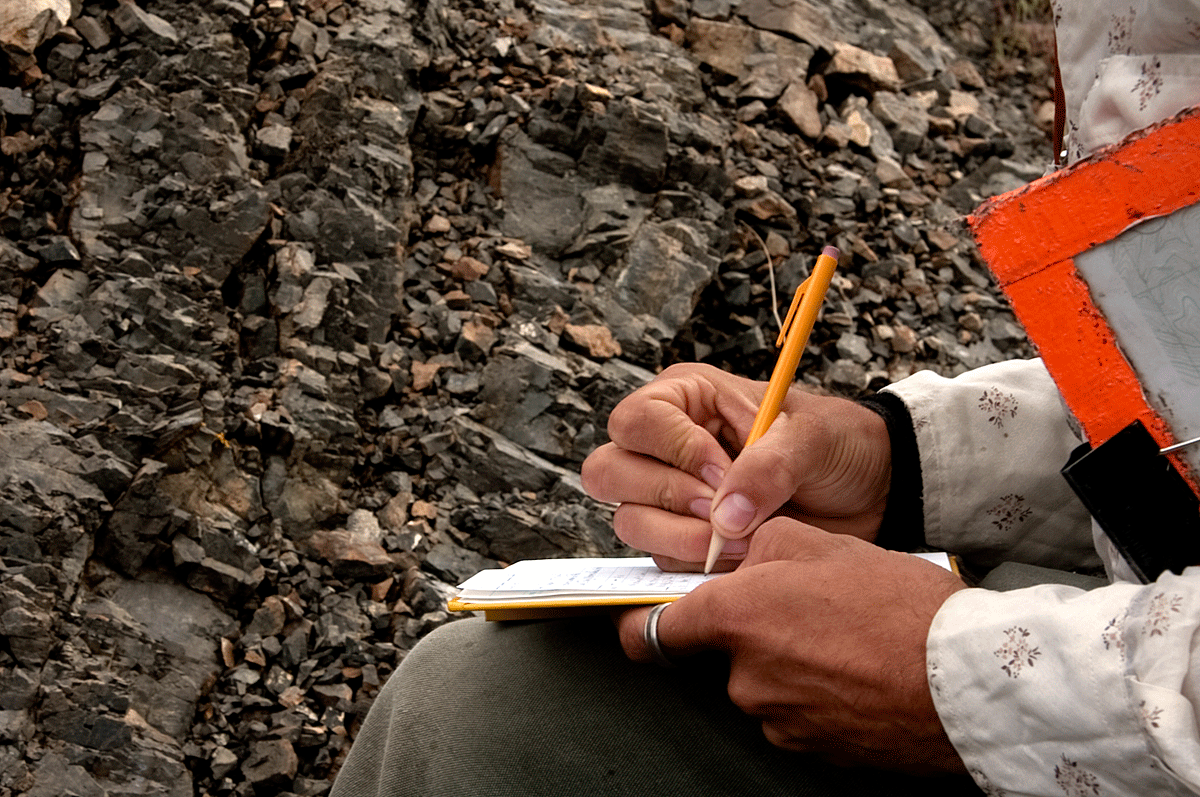June 17, 2011
Nearly 20 colleges and universities are scheduled to use Montana Western as a base camp to study the areas geology over the summer, staying in the campus dormitories and eating meals in Montana Westerns dining services. The classes depart from the Montana Western campus daily to explore and study the myriad geologic points of interest within a stones throw of town.
For 20 years visiting groups have also stayed in the Birch Creek Center located just northwest of Dillon in the heart of the Pioneer Mountains. Montana Western manages the Birch Creek Center in cooperation with the U.S. Forest Service.
This years visiting universities include the University of Montana, Millsaps College, the University of Iowa, Texas A&M, Idaho State University, Washington State University, Montana State University, the University of Arkansas, Georgia State University, California State University Fullerton, Montana Tech, Salem State University, West Virginia University, Eastern Washington University, the University of Washington, the University of Houston, the University of Texas, and the University of Oregon.
 University of Oregon (UO) Structural Geology Senior Instructor and Research Associate Professor Marli Miller has been bringing her students to Montana Western for four years. For Miller, locations for teaching geology and geologic mapping dont get any better.
University of Oregon (UO) Structural Geology Senior Instructor and Research Associate Professor Marli Miller has been bringing her students to Montana Western for four years. For Miller, locations for teaching geology and geologic mapping dont get any better.
Geologically, its fabulous, Miller said of the area. Most of the significant elements of North American geology are right here.
In 2010, Miller brought a class of juniors and seniors to Dillon to study mapping. Geological mapping studies the distribution of different types of rock on the surface of the earth. Geologists use this data to piece together a reconstruction of geologic history in a particular area.
 The area around Dillon is famous because so many unique geologic formations are well exposed, making mapping much easier. The area is also ideal because much of the best geologic areas are on public land. Miller calls the Block Mountain area north of Dillon world-class.
The area around Dillon is famous because so many unique geologic formations are well exposed, making mapping much easier. The area is also ideal because much of the best geologic areas are on public land. Miller calls the Block Mountain area north of Dillon world-class.
Block Mountain is very accessible, Miller explained. Its also a really beautiful place where we see several generations of faults and folds. The rocks are complexly deformed, but at the same time very well exposed and easily distinguished from each other.
Miller said her students experiences studying geology around Dillon gives them incomparable experience. 
First-time students really have to think for themselves in the field, Miller explained. They will probably never see a place as comparable. When theyve finished with Block Mountain theyve created a really beautiful map they can show to employers. When they finish this class theyre geologists.
University of Oregon graduate Sammy Castonguay, 25, can attest to Millers assertion. He first came to Dillon with Miller as a student in 2009. Castonguay had a moment of geologic clarity while standing on a ridge near Block Mountain looking at The Rats Nest, a gnarled mess of folded and faulted sedimentary rock.
 “Its so complicated in that area that when you figure it out for yourself and draw it on your map it feels like such a success, Castonguay said.
“Its so complicated in that area that when you figure it out for yourself and draw it on your map it feels like such a success, Castonguay said.
Castonguays experience compelled him to return in 2010 as a teachers assistant to Professor Miller, who also shares another connection with Montana Western: she was a fellow teaching assistant and office mate with Montana Western Professor of Geology Rob Thomas at the University of Washington in 1989. The two studied together during a University of Washington geology field camp. While Miller headed south to begin teaching at UO, Thomas headed east, taking a tenure-track professor position at Vassar College in New York. Thomas eventually left Vassar for Montana Western in part based on the geology surrounding Dillon. For Thomas and his students, the world-class geology around Dillon is their backyard laboratory.
 It is great for geology students in the environmental science and interpretation programs at Montana Western to have this natural lab in their backyard, Thomas explained. Since we use the block-scheduling system [in which students take one class at a time] we are in the field in practically every class, not just during field camp. While students elsewhere are using clickers in mega-classes, my students are using waders to gather stream data in the Big Hole River. Nobody can beat us for quality of experience at the undergraduate level.
It is great for geology students in the environmental science and interpretation programs at Montana Western to have this natural lab in their backyard, Thomas explained. Since we use the block-scheduling system [in which students take one class at a time] we are in the field in practically every class, not just during field camp. While students elsewhere are using clickers in mega-classes, my students are using waders to gather stream data in the Big Hole River. Nobody can beat us for quality of experience at the undergraduate level.
In 2009, the Carnegie Foundation for the Advancement of Teaching and the Council for Advancement and Support of Education honored Thomas with the Outstanding Baccalaureate Colleges Professor of the Year award. Thomas is the first Montana professor to ever win the award, which he received in part due to his role in helping Montana Western implement its block-scheduling program Experience One.
Montana Western is the first and only public four-year university in the country to use a block program.
Thomas award has drawn even more attention to Montana Westerns environmental sciences program. Still, Thomas credits the national attention to the hard work of faculty from all disciplines on campus.
 I was very honored to be recognized for my work but we have faculty doing cutting-edge teaching using the block system across campus, Thomas continued.
I was very honored to be recognized for my work but we have faculty doing cutting-edge teaching using the block system across campus, Thomas continued.
While the opportunities to study geology around Dillon abound, Thomas said he and other Montana Western faculty are also taking advantage of the scheduling flexibility Experience One offers to take their students abroad.
The number of block classes we have studying around the world is off the charts for a public university, Thomas finished. I plan to take a class in the fall of 2012 to study geology in the Himalayan Mountains of Nepal. How many students get to do that?